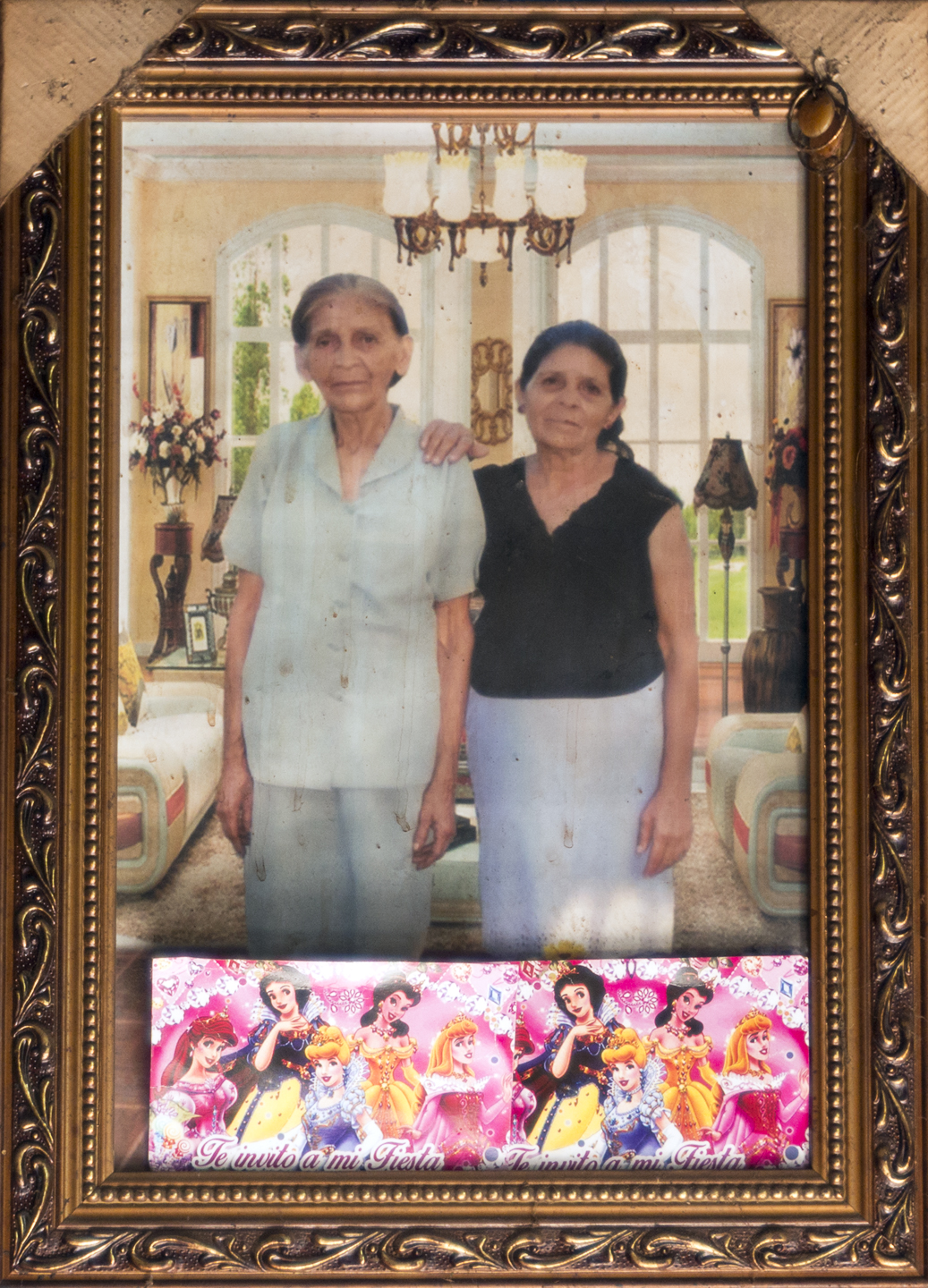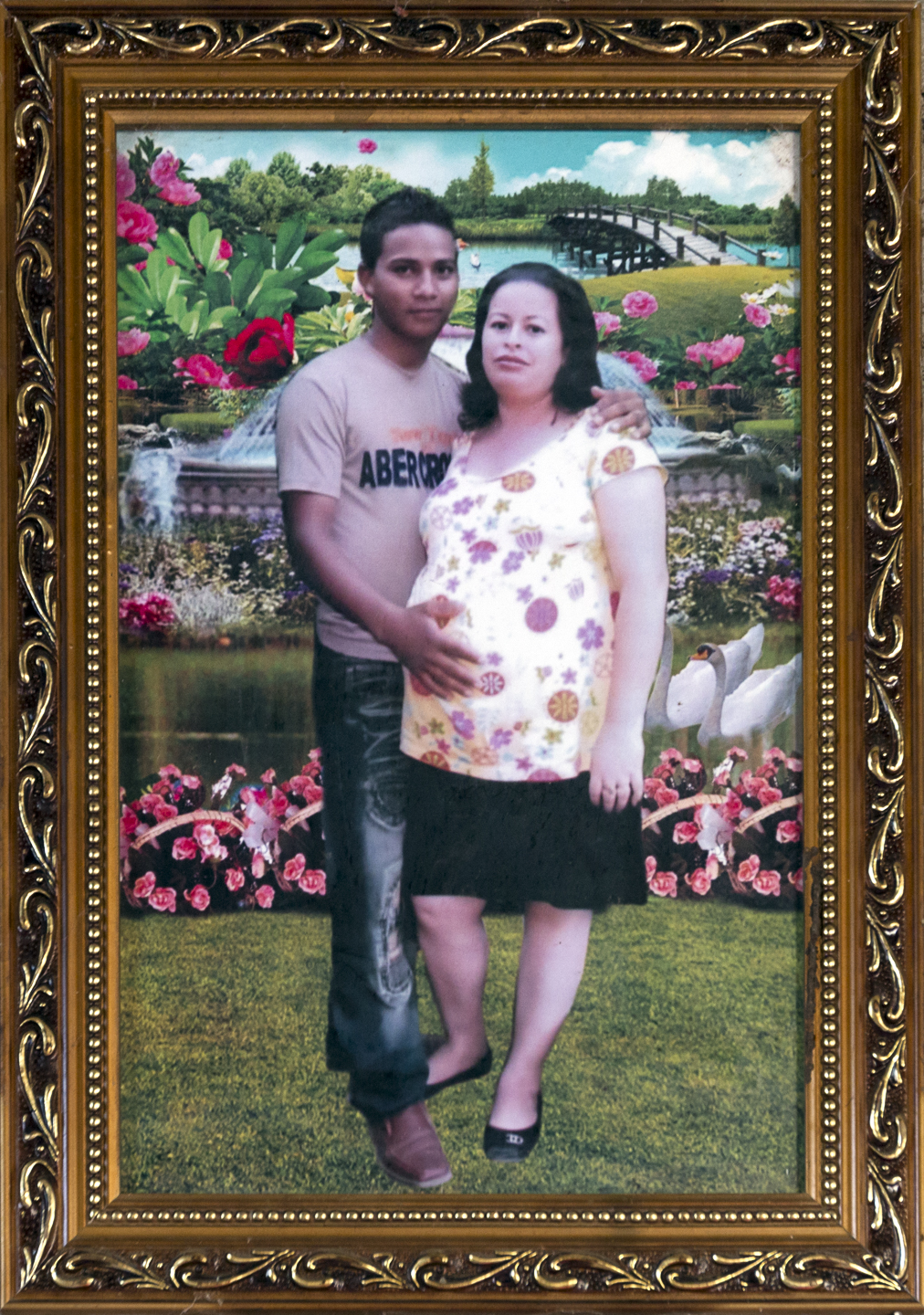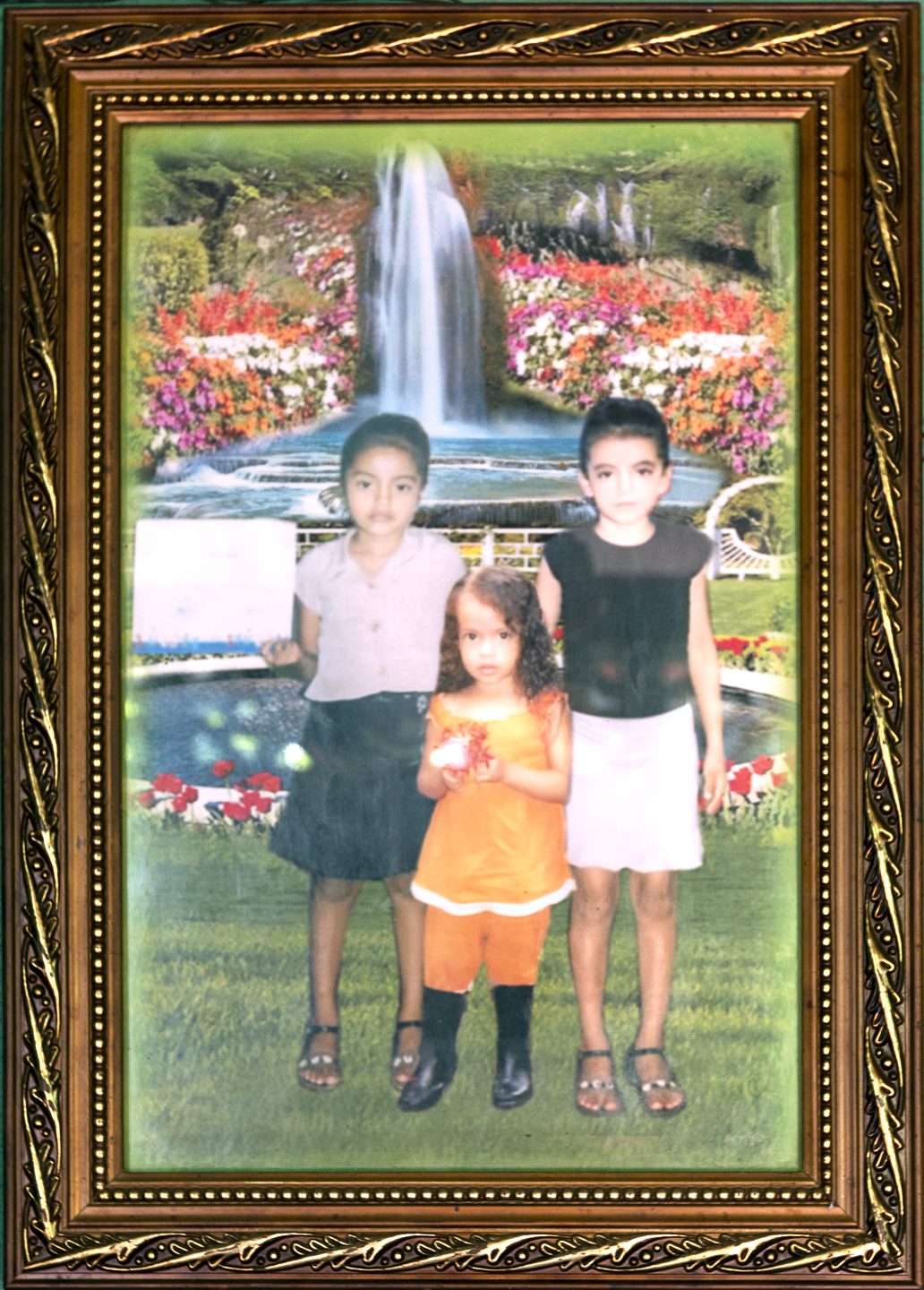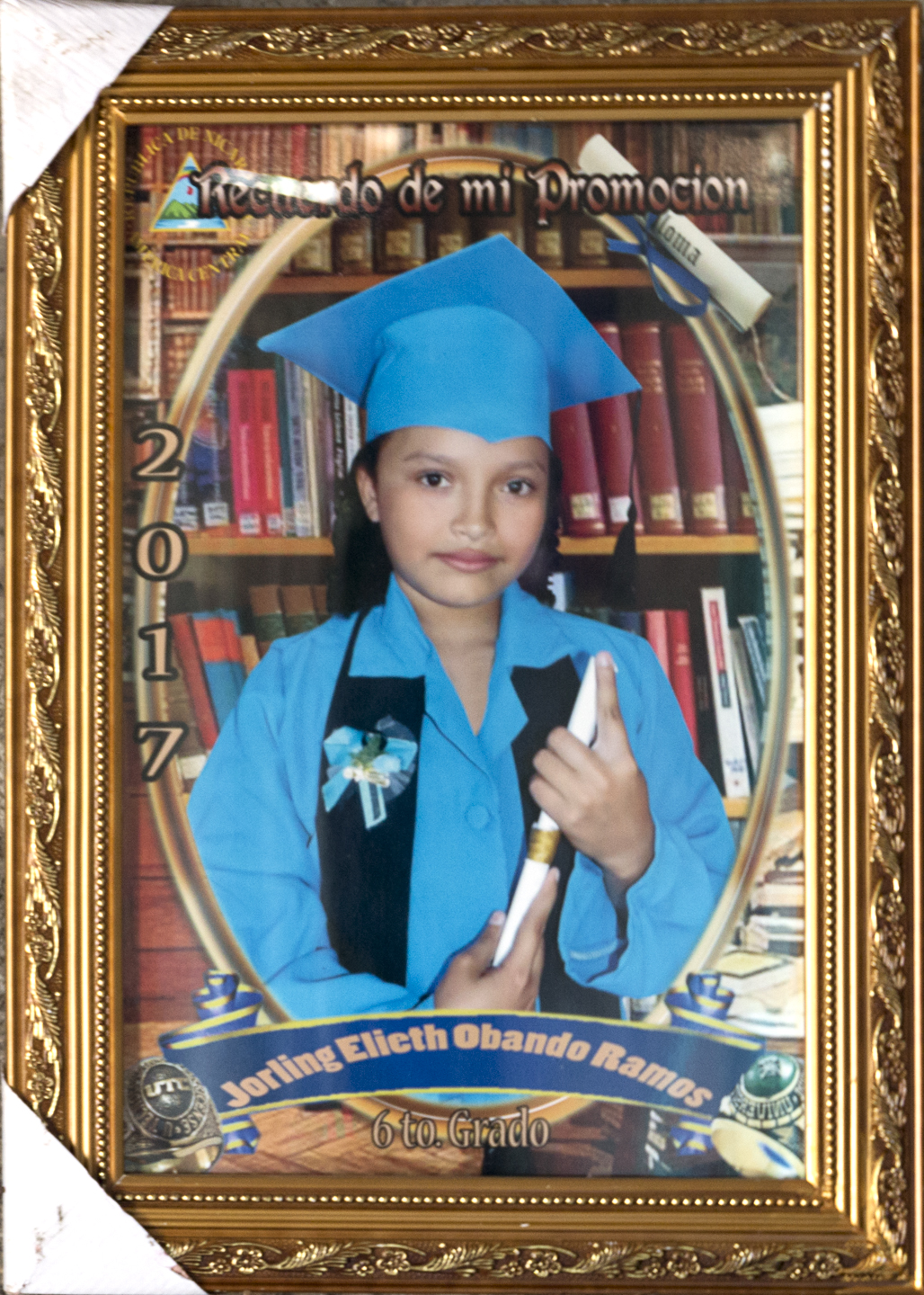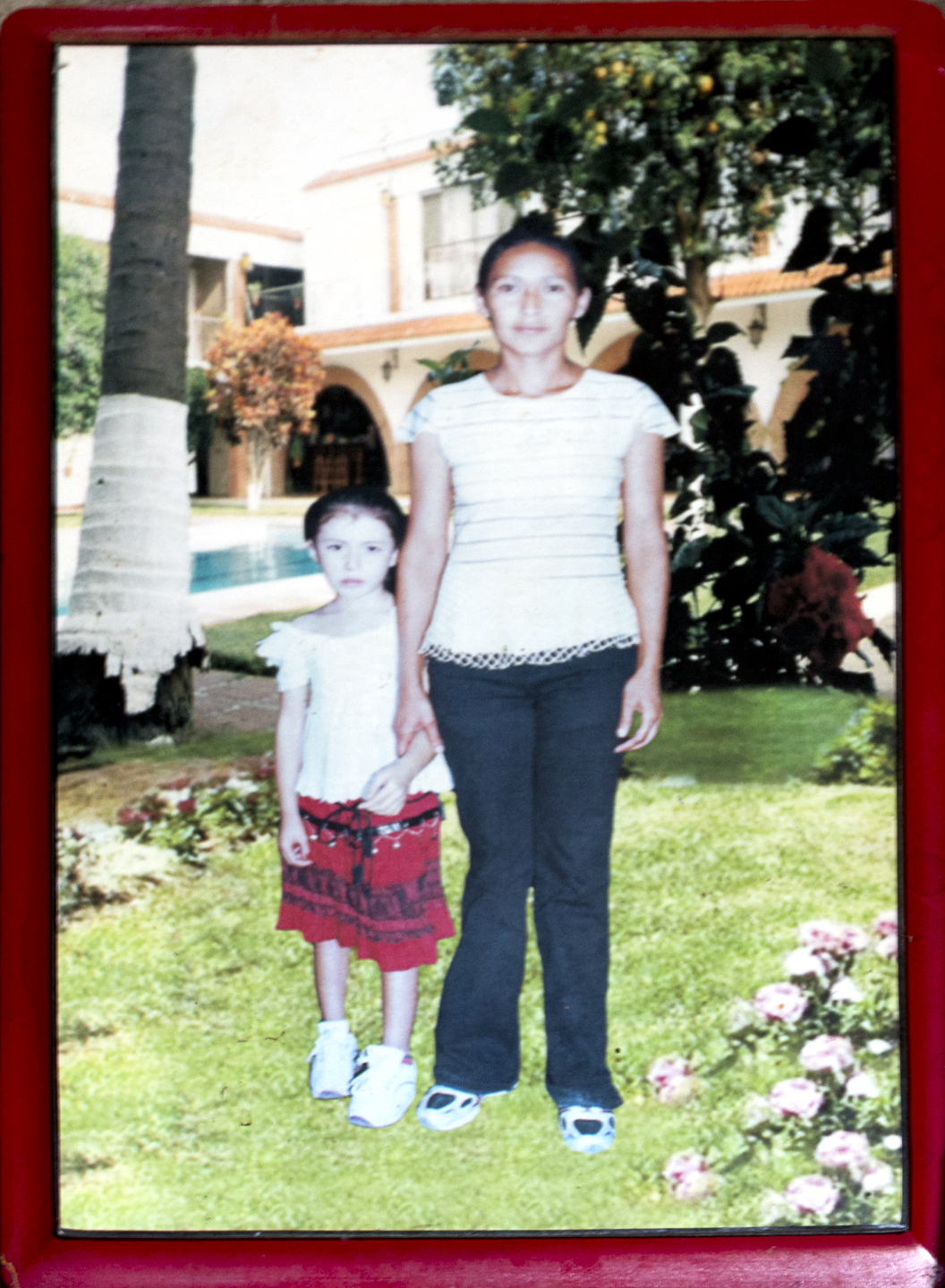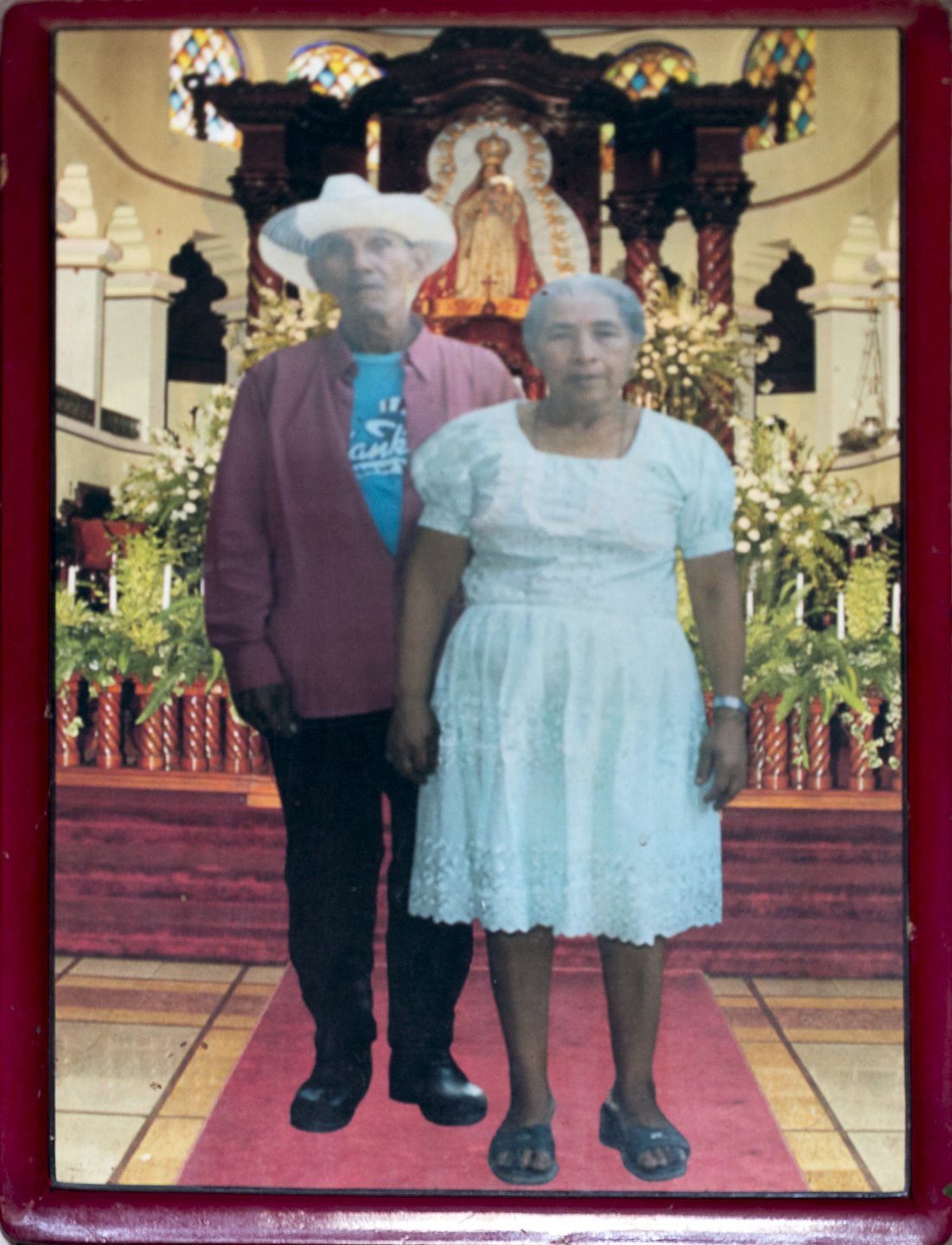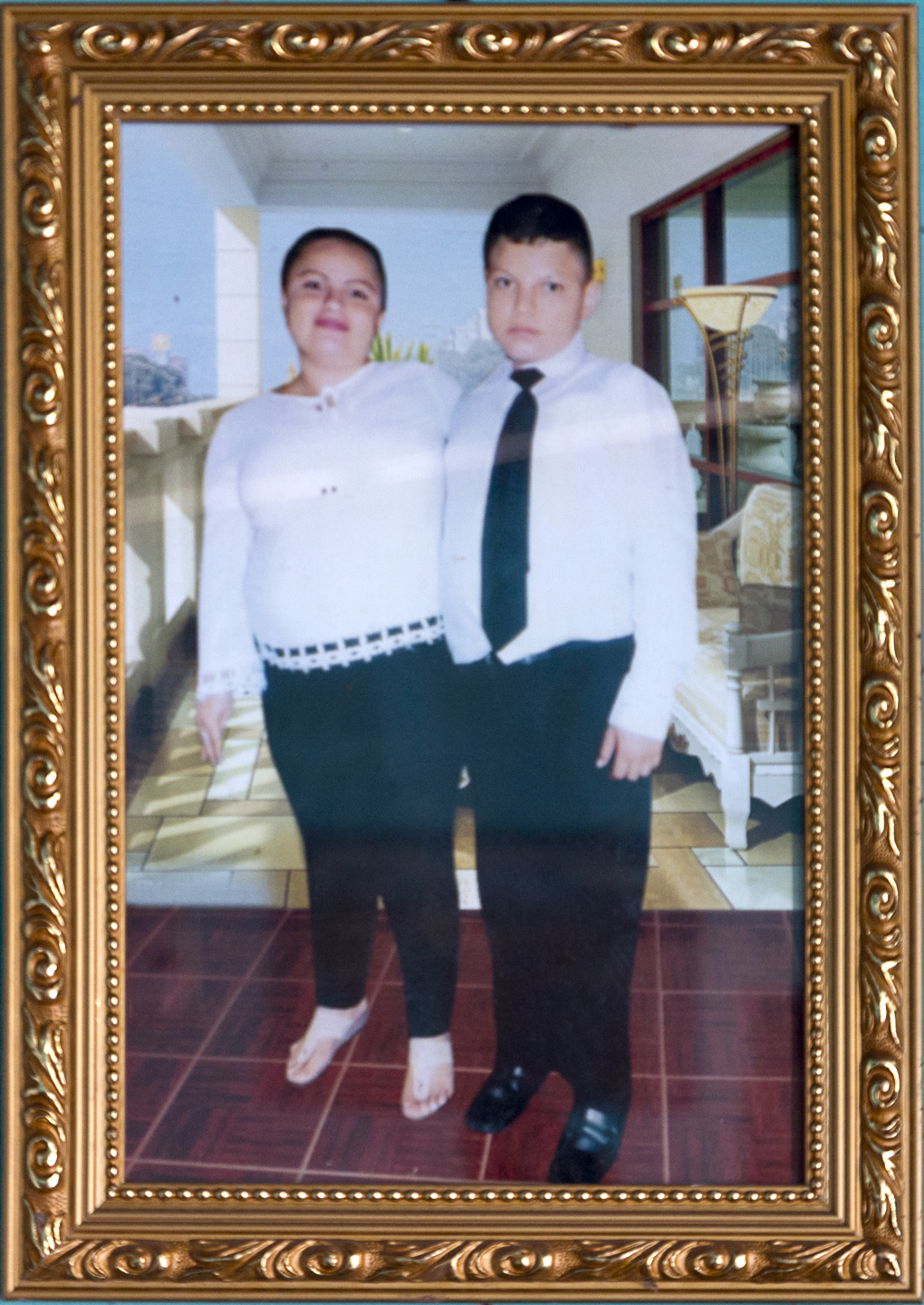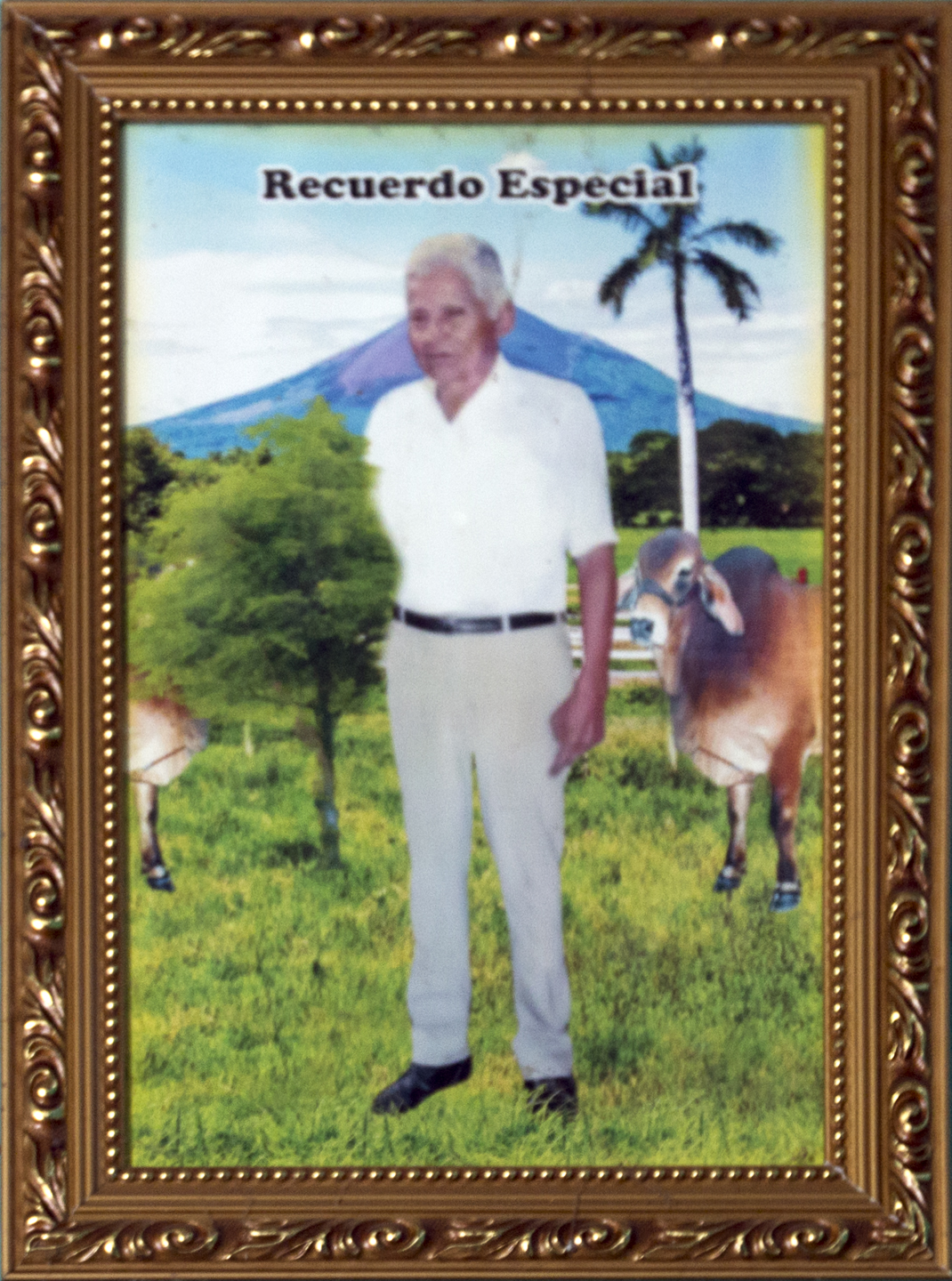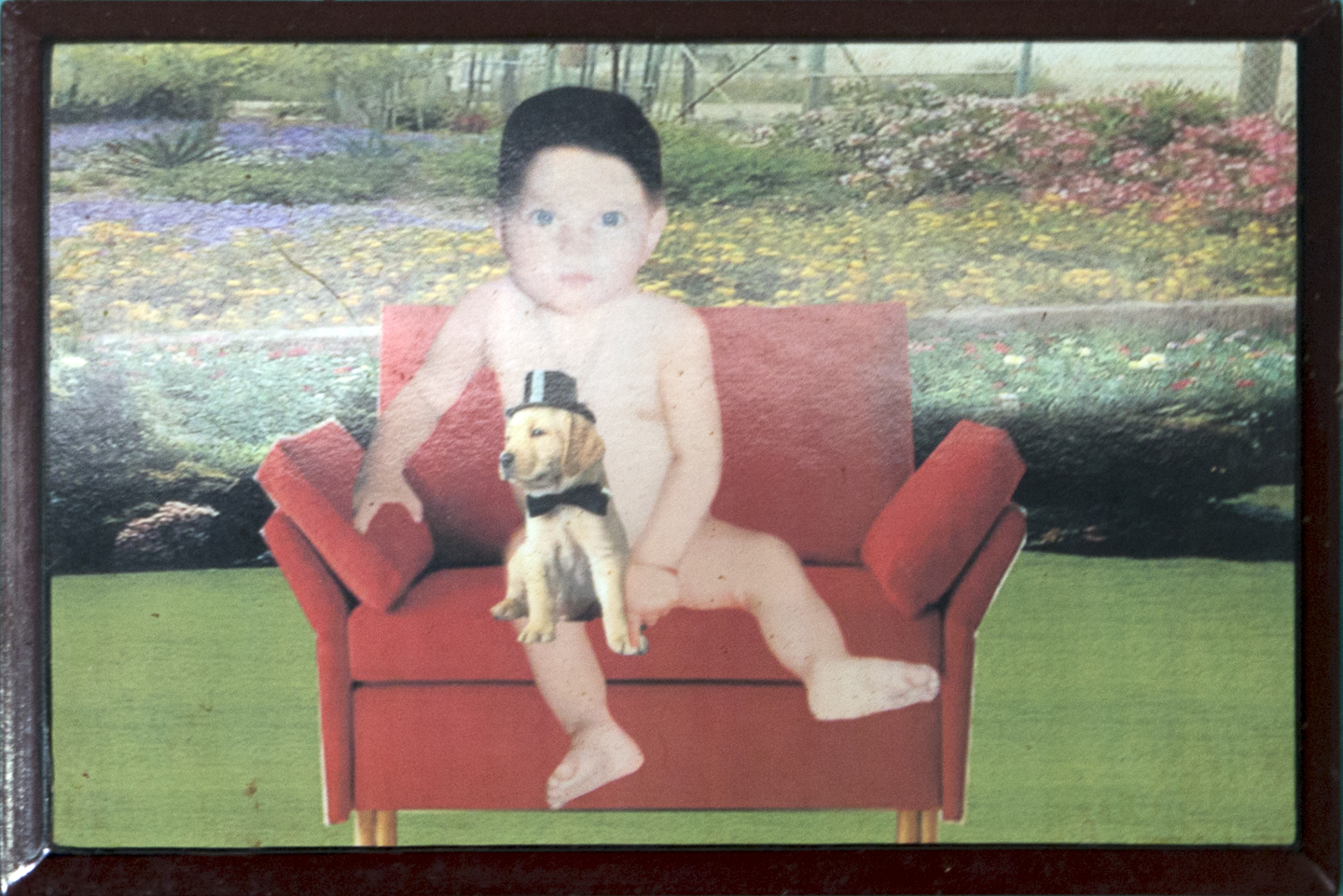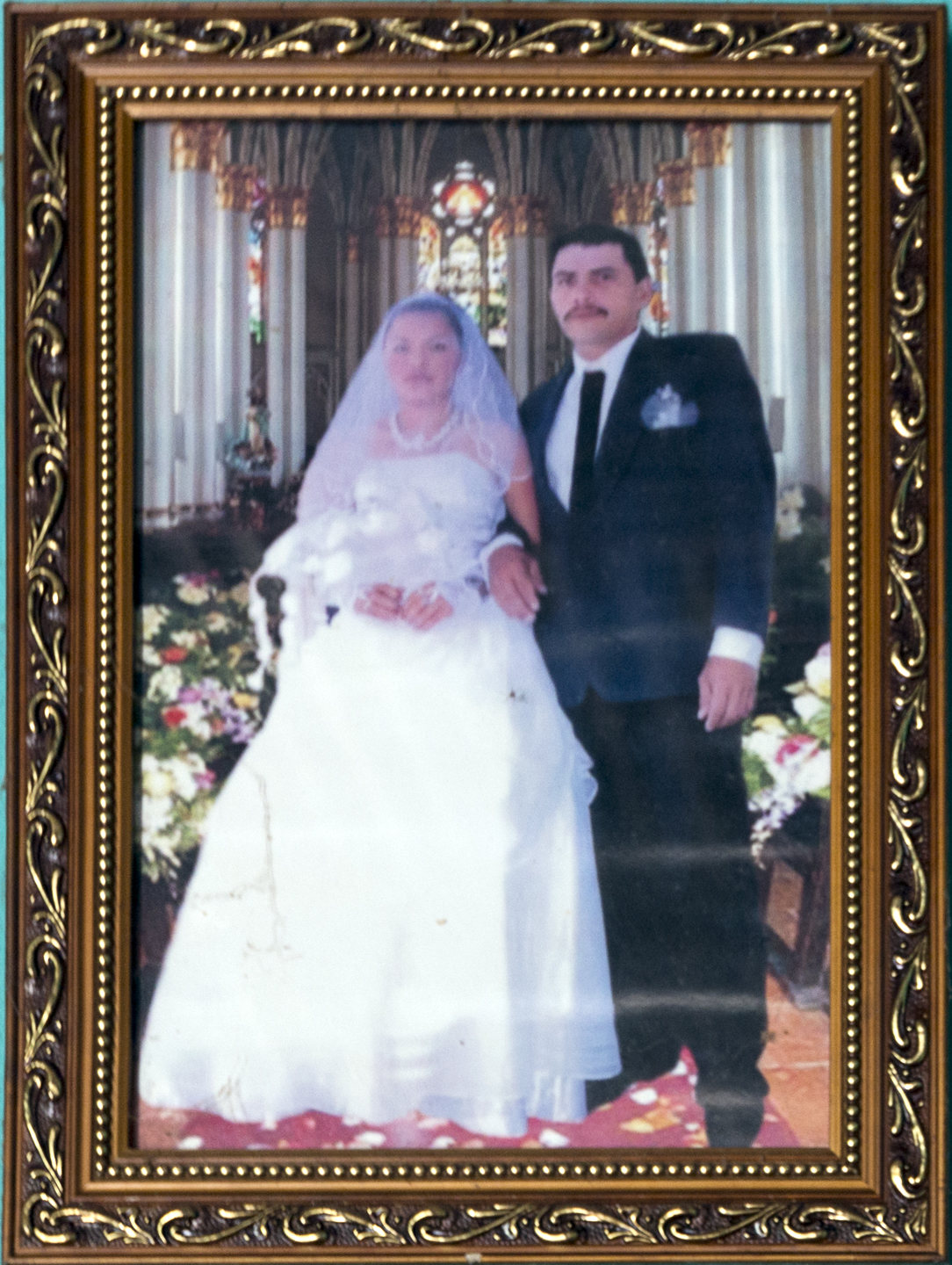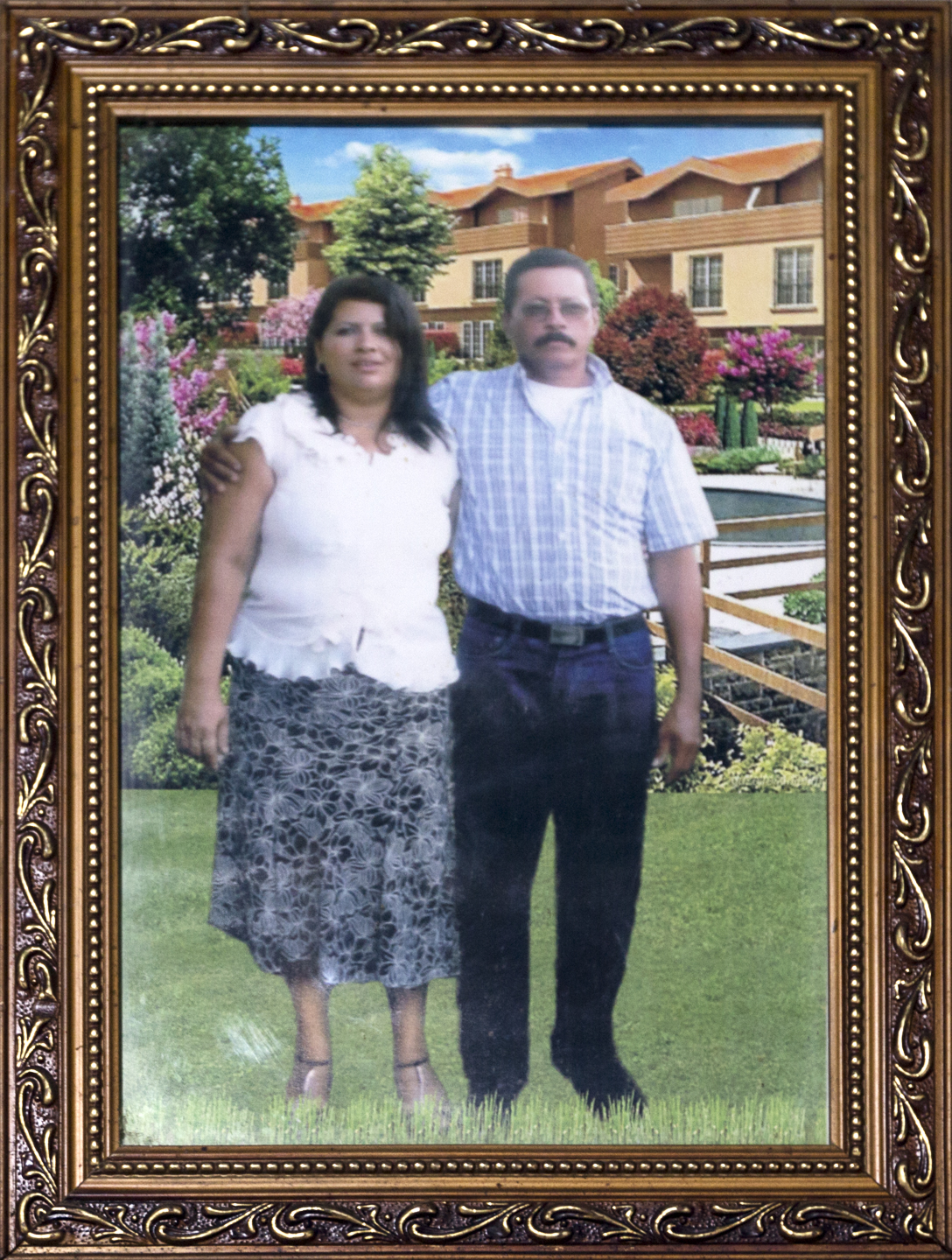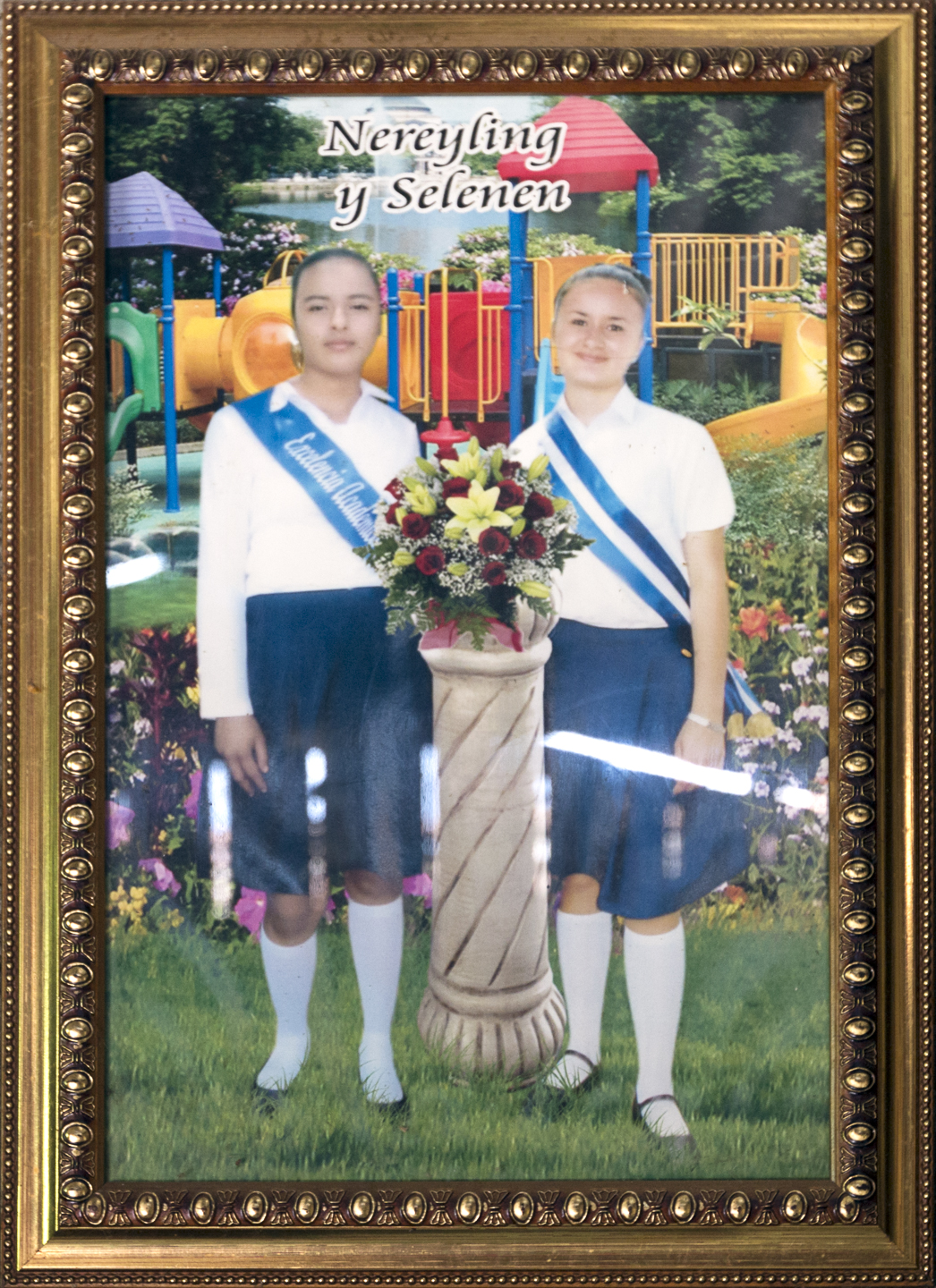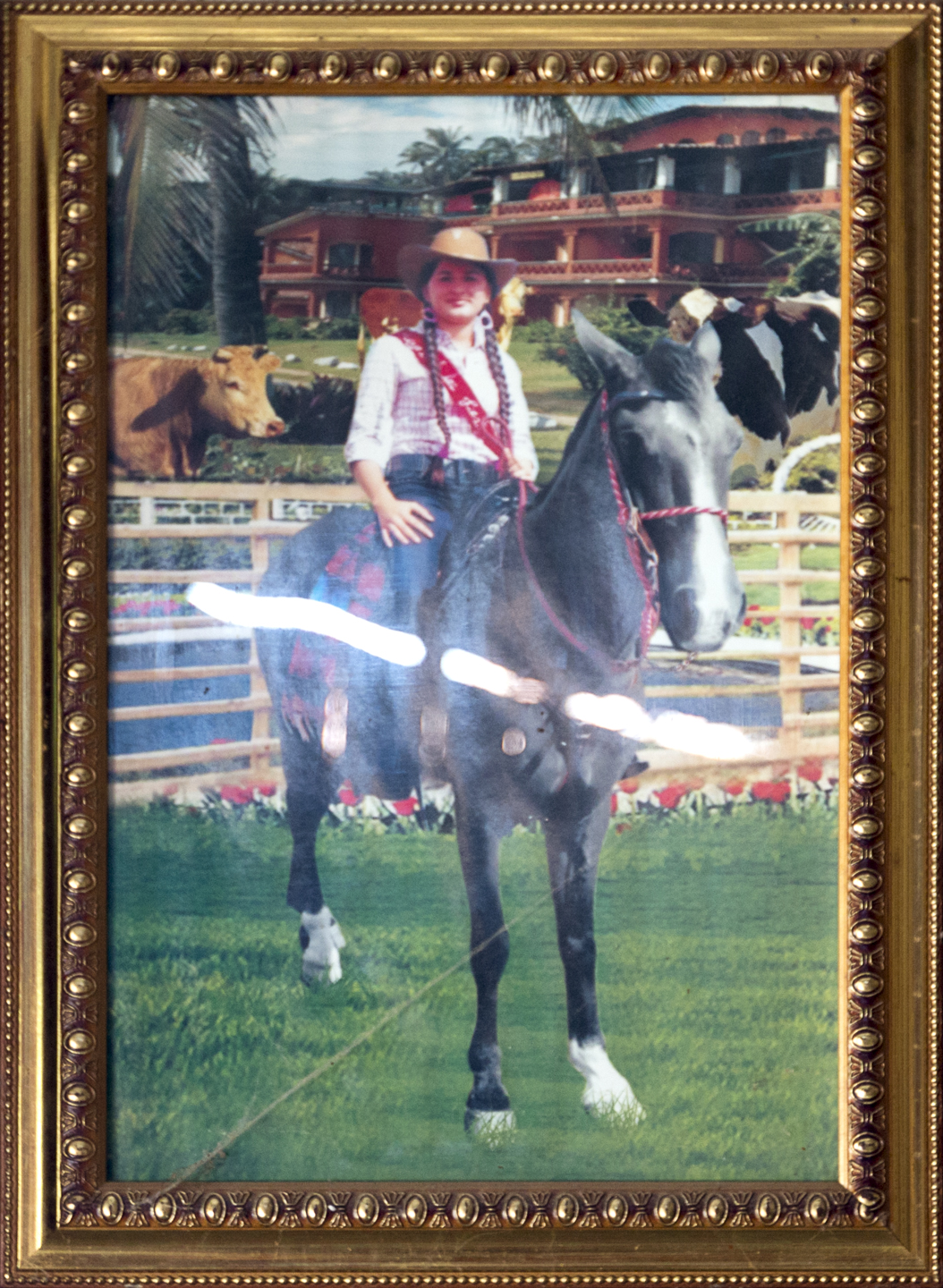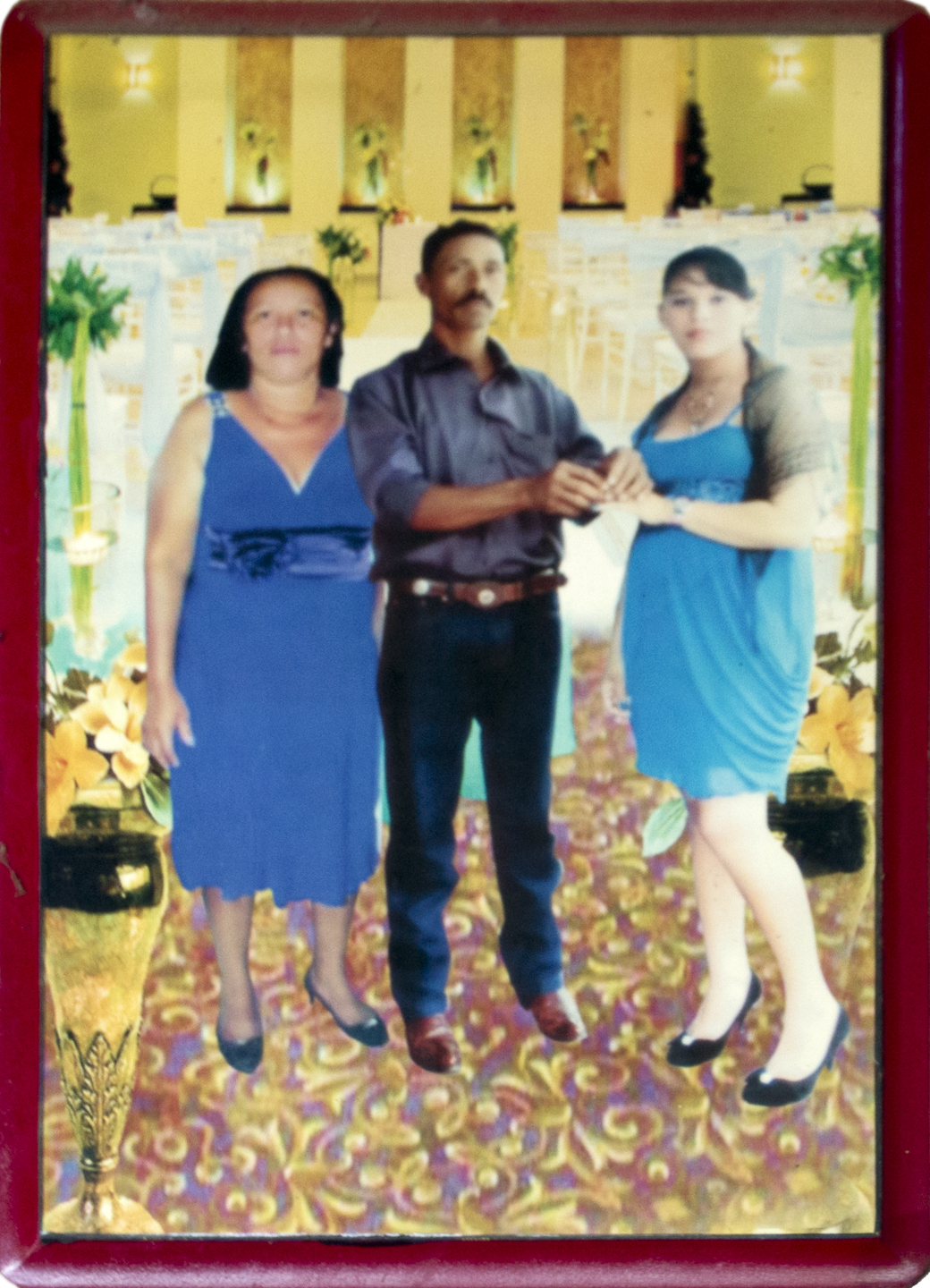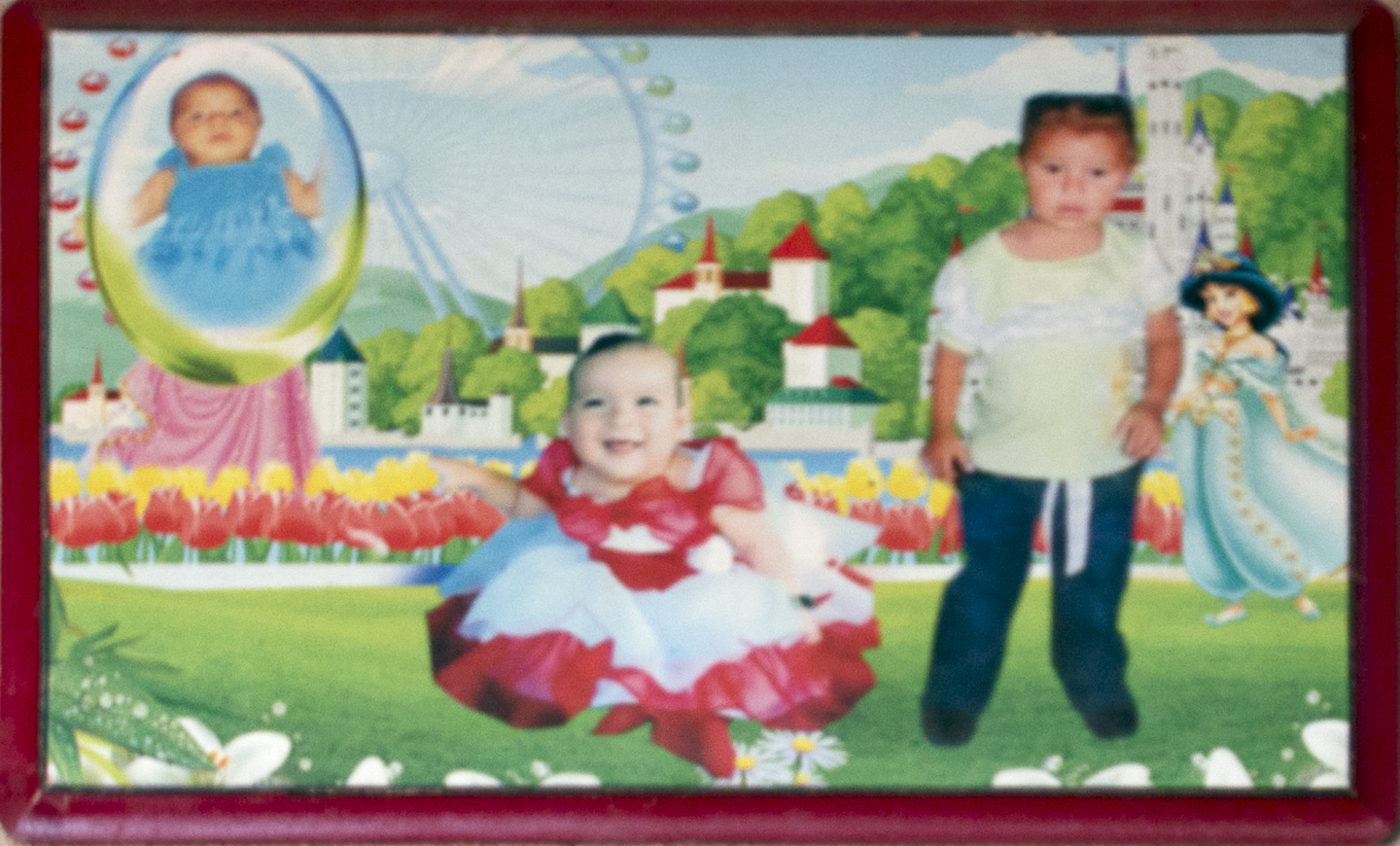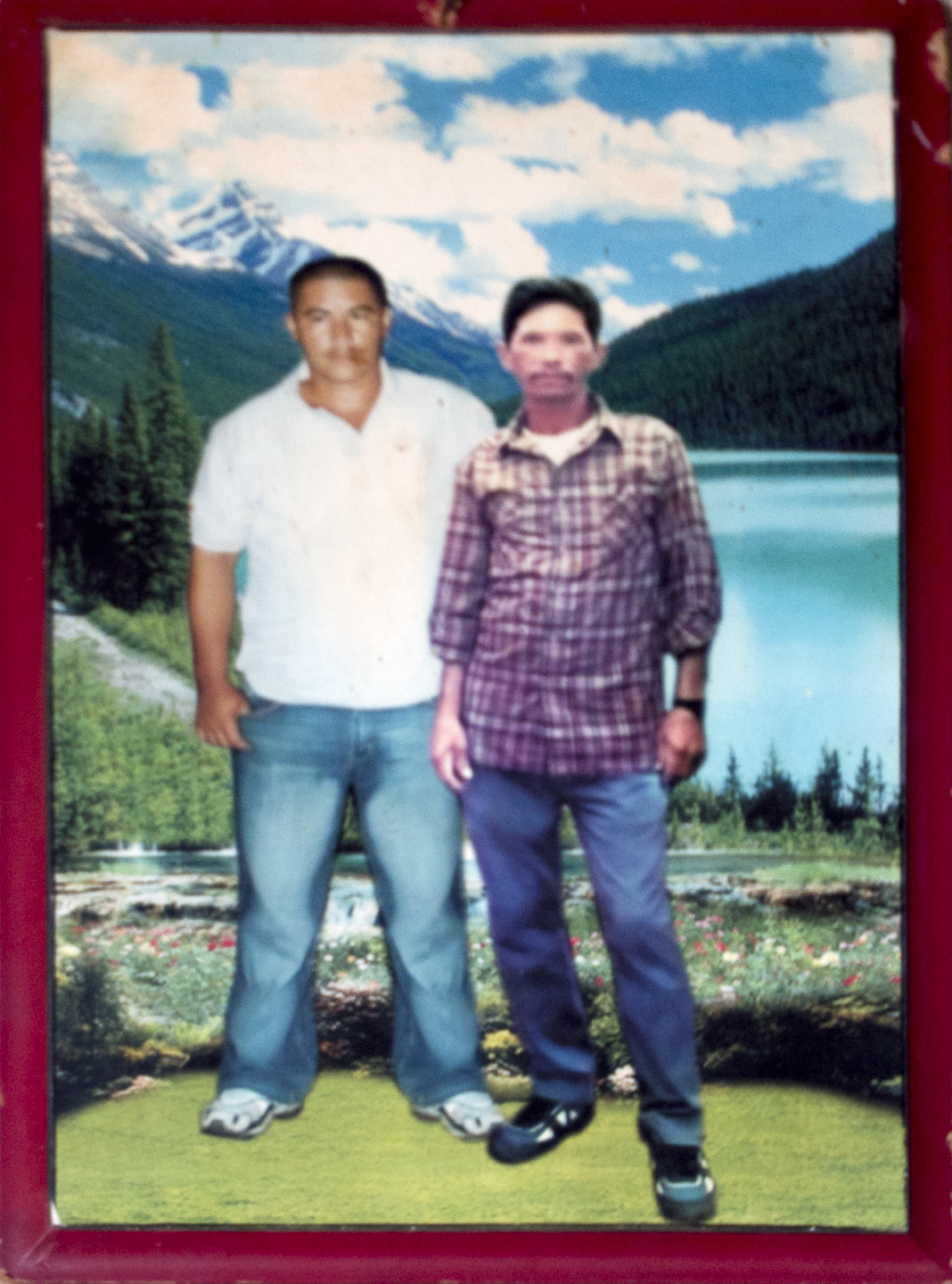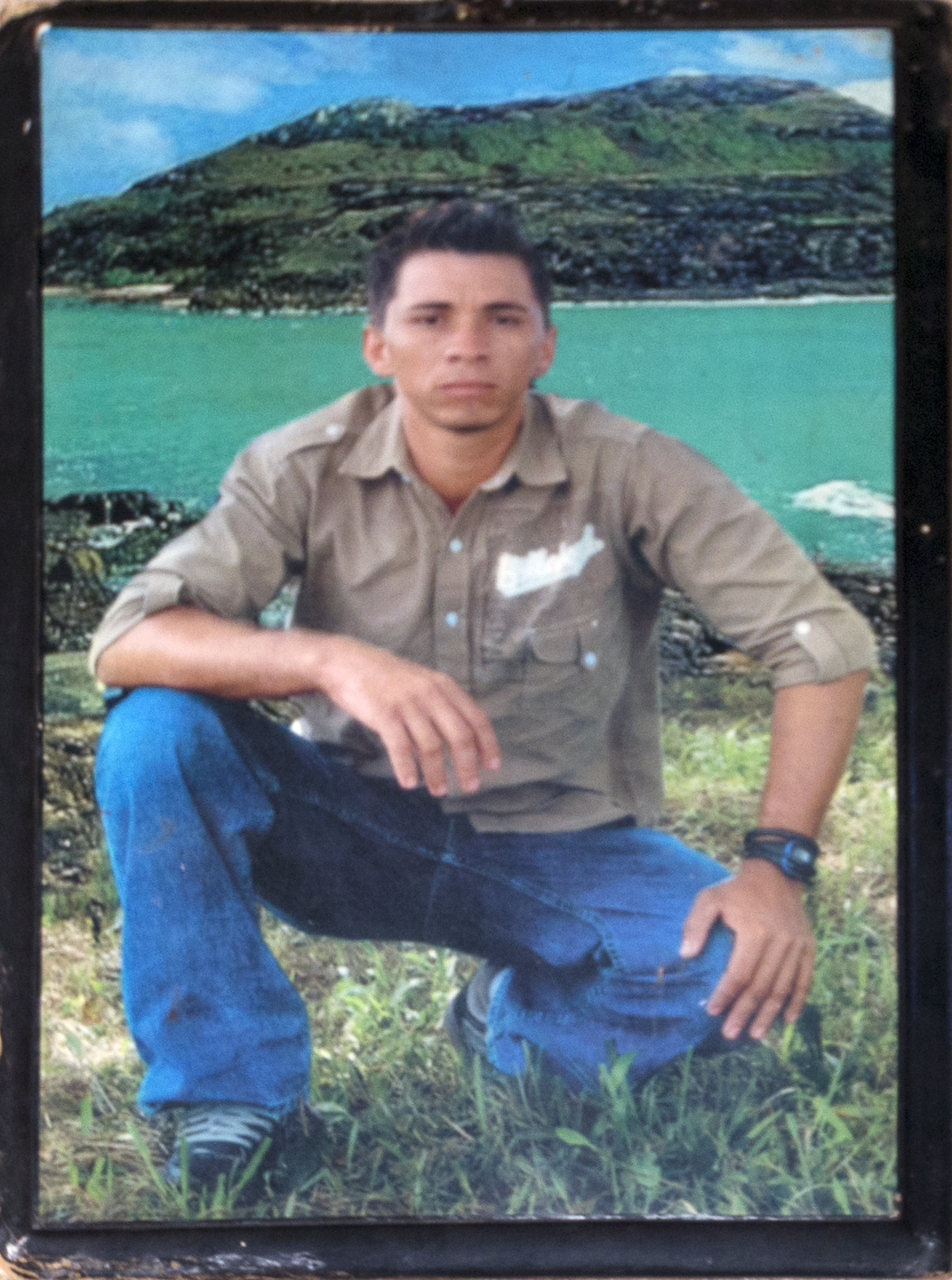UN ESPEJO (A MIRROR)
UN ESPEJO (A MIRROR) is a long-term collaboration between Jackie Munro and residents of Potreillos, a small community in rural Nicaragua.
The project is grounded in the belief that all collaborators are both teachers and learners of ways of looking, seeing and witnessing. The camera serves as a way to record what comes of these collaborations.
Like looking in a mirror, having an image made of you is a constant dialogue between who you are and who you wish to be, how you hope to be seen. As documentarians, we bring our own perspective to how we shoot. As subjects, we perform. This project explores these relationships based on a simple framework:
1. The camera changes you,
2. In a way that shows your reaction to me,
3. In this moment. Right now.
Right: UN ESPEJO (A MIRROR) at the CURRENTS New Media Festival 2019
Ramiro Saravia introduces us to UN ESPEJO (A MIRROR)
Like Ramiro says in the Introduction video, in a story that we aren’t sure is true, the people of Nicaragua gave away their oro (gold) for un espejo (a mirror). Their wealth for vanity. Their presence, their agency, for the reflection of that presence. In reality, the extraction of resources by developed nations was much more forceful and violent. But the mirror remains, asking people to compare themselves to the images that these same developed nations export to countries like Nicaragua.
The things you cannot see is a series of stories about the residents of Potreillos, told in their own words, mediated by a camera.
In documentary making there is always a moment of encounter, of two worlds colliding. I attempted to slow down that moment by filming the process of filming. I filmed Video portraits, or individuals looking at me through the camera and me looking back at them. I sought to manifest a feeling of being seen and acknowledged, truly witnessed, for all parties involved.
As was often discussed with my collaborators, people of color from “foreign,” rural places are so often looked at in photographs. This was our way of creating space for those featured to look back: to engage with people they would never have the chance to meet, to assert their presence.
Below you’ll also find several versions of Nicaraguans authoring their own stories: Family portraits from people's homes and several recent Nicaraguan news broadcasts.
For many families in rural Nicaragua, the ideas of possibility and thriving were never introduced. The focus is on survival. That is a very dangerous type of colonization: colonization of the imagination. With this work, I set out to document how identity is constructed in the shadow of colonization, very aware that I myself walk around casting that same shadow. I invite you to experience this work through a similar lens.
How does the process of looking at yourself change you? Your idea of you?
How does the process of looking at a documentary image change you? Your idea of others?
The things you cannot see
Video portraits
Family portraits
Recent Nicaraguan news broadcasts
This work was made possible with the collaboration of:
Monica Díaz
Ramiro Diaz
Margarita Diaz Diaz
Yolexi Diaz Diaz
Nelson Diaz Marenco
Norma Diaz Marenco
Karen Diaz Mejia
Dayana Diaz Saravia
Muriel Diaz Saravia
Iban Escorcia
Johana Garcia Mendoza
Ana Guiroz Silva
Yovelki Largespada
Candido Largespada Marenco
David Largespada Marenco
Chellsy Largespada Rodriguez
Meydell Lezama Marenco
Bayra Marenco
Jader Marenco
Jose Luis Marenco
Rita Marenco
Cristell Marenco Diaz
Pricila Marenco Diaz
Noel Marenco Gudiel
Juan Marenco Rodriguez
Simona Marenco Rodriguez
Yusmari Obando Ramos
Paulina Ramos
Fidelina Ramos Diaz
Keyling Ramos Diaz
Pablo Ramos Silva
Rosita Rodriguez Hurtado
Juan Silva Quiroz
Elda Silva Quiroz
Juan Soalvarro



